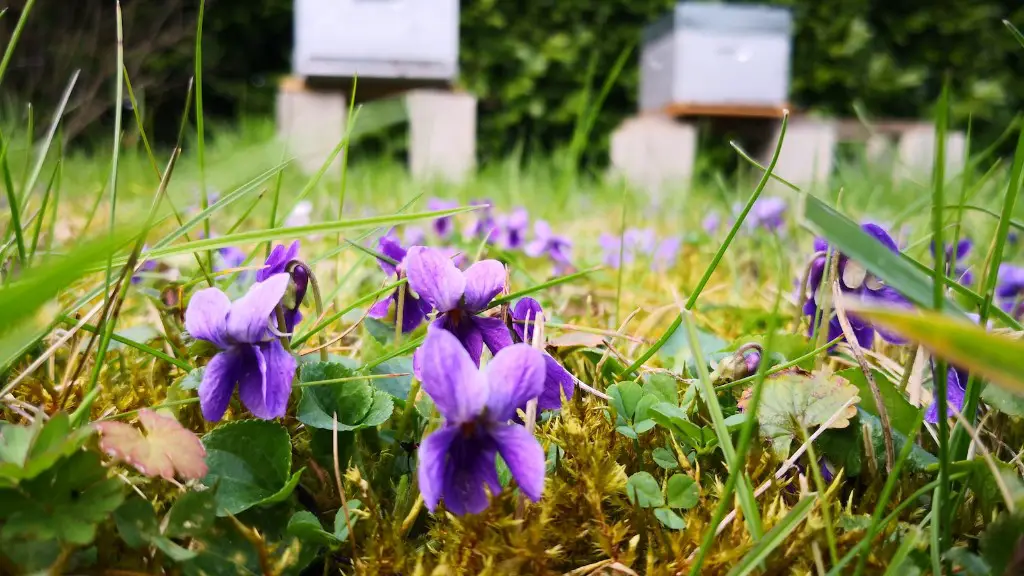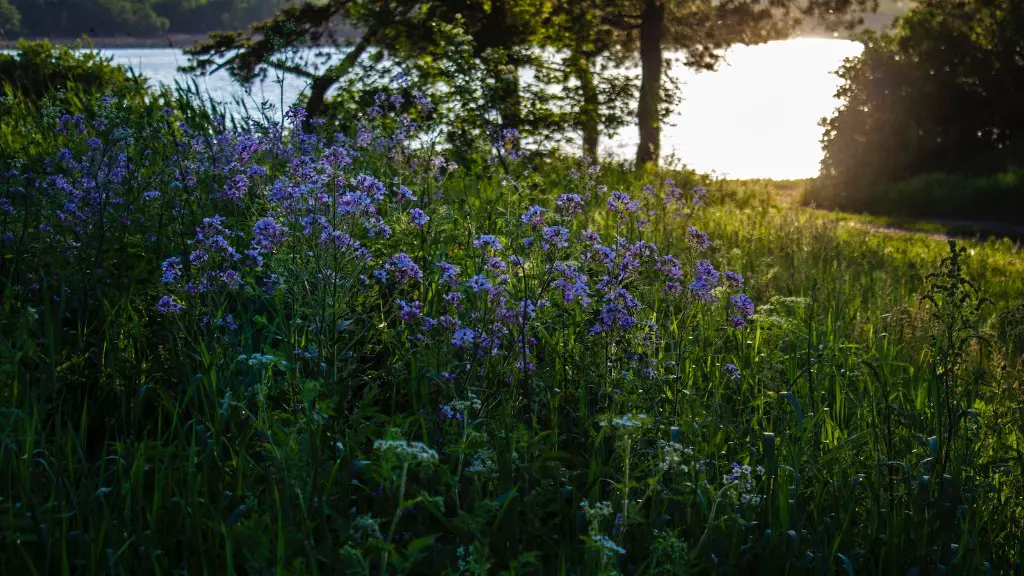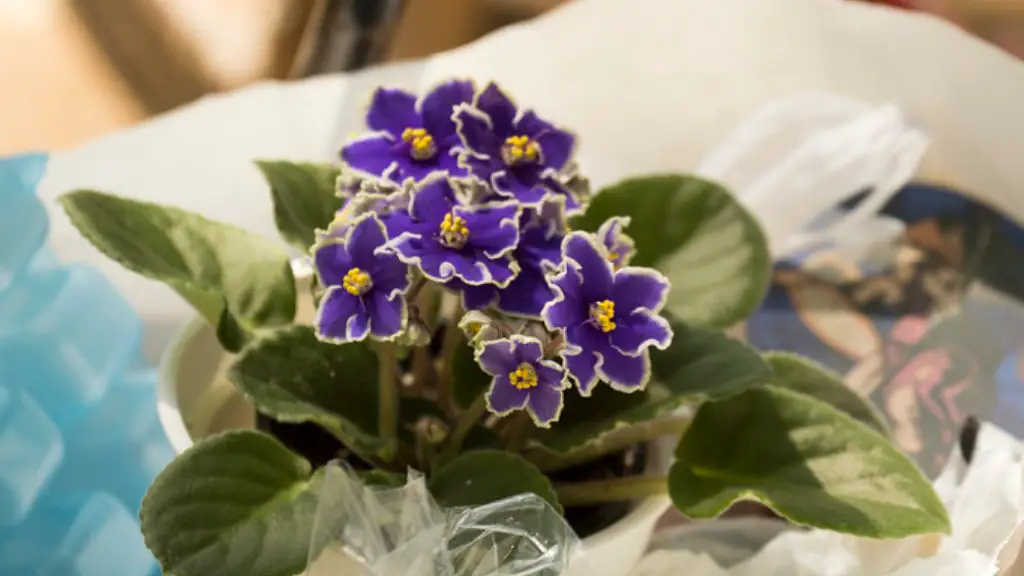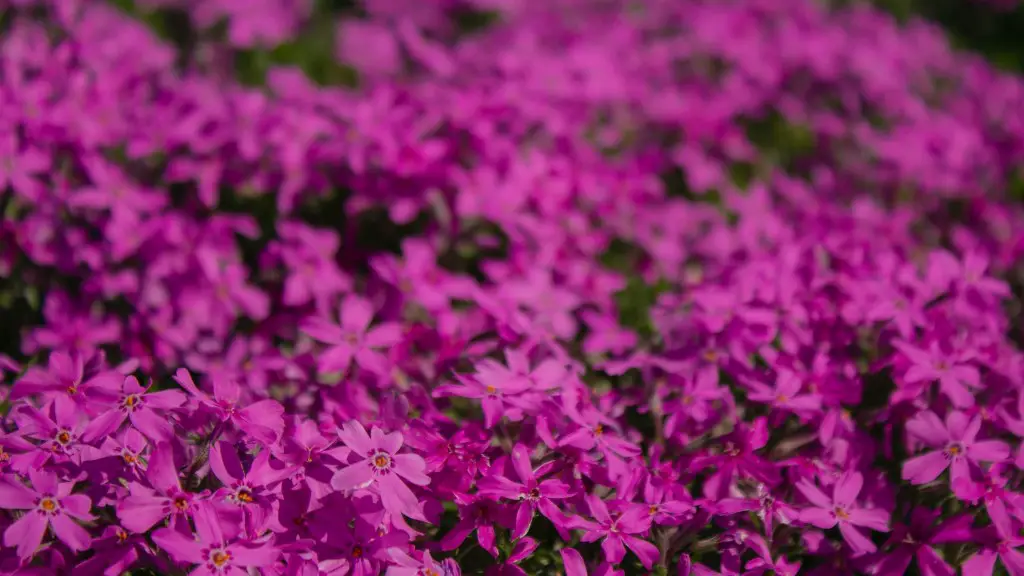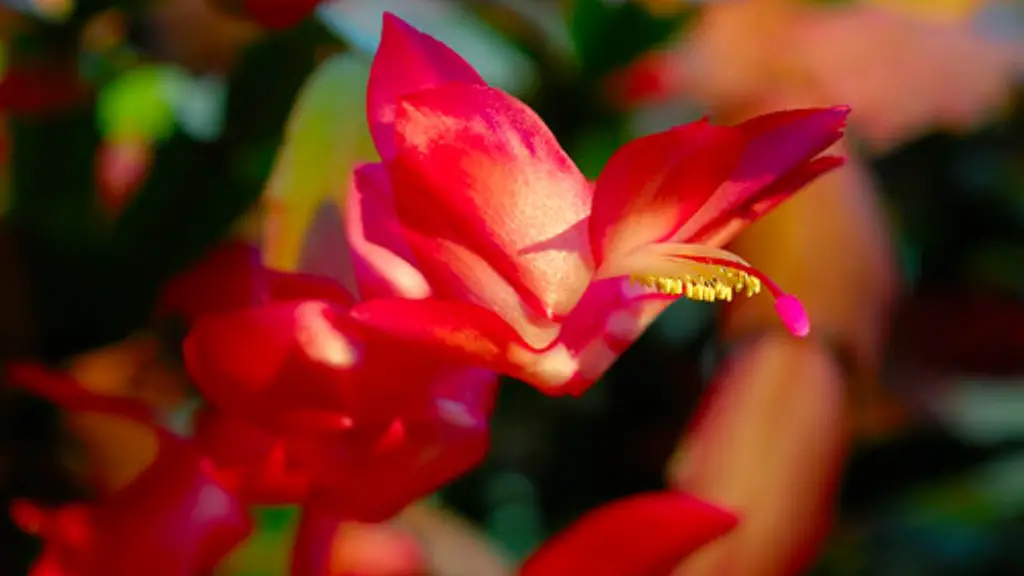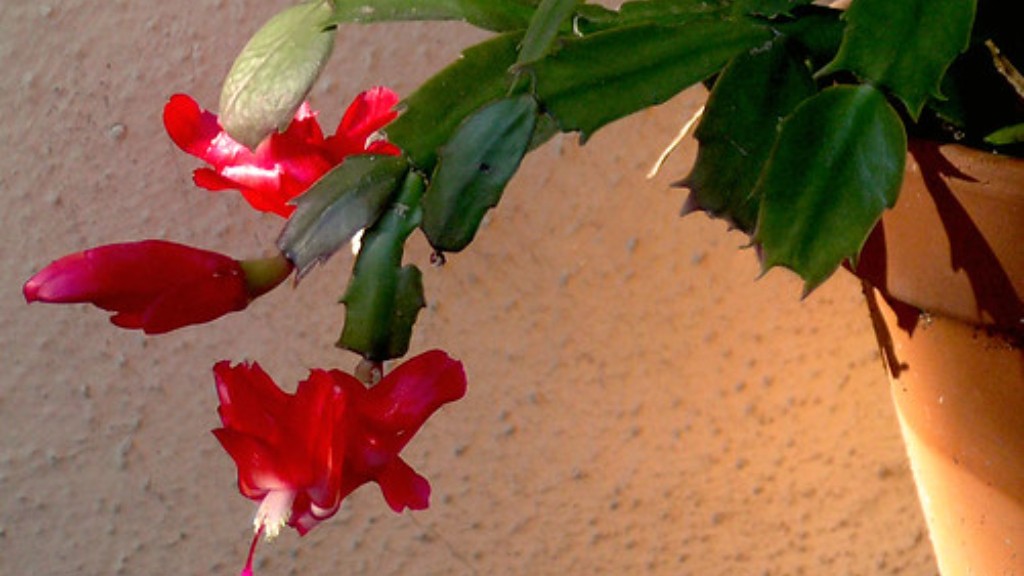African violets are a type of plant that is native to Africa. They are known for their beautiful flowers, which can be found in a variety of colors. While they thrive in humid and warm conditions, they are not tolerant of direct sunlight. If they are exposed to too much sunlight, their leaves will begin to turn yellow and eventually brown. In extreme cases, the leaves may even begin to curl up and fall off. If you notice your African violet leaving burning in the sun, it is best to move it to a location that has more shade.
According to the African Violet Society of America, African violets should not be placed in direct sunlight as this can cause the leaves to scorch.
What happens if an African violet gets too much sun?
African violets need plenty of sunlight in order to thrive, but too much direct sunlight can be damaging. Violets that are exposed to too much sunlight will begin to show signs of scorching on the leaves and flowers. In some cases, too much sunlight can also cause variegated leaf varieties to turn entirely green. By providing your violets with plenty of indirect sunlight, you can help ensure that they stay healthy and vibrant.
If you notice your African violet developing dry, brown spots on the tips of its leaves, it may be due to sunburn. Just like you, African violets can sunburn if exposed to the sun for too long. To prevent this, make sure to give your plant plenty of shade and protect it from direct sunlight.
How hot is too hot for African violets
African violets are well adapted to indoor environments. They prefer a temperature between 65°F and 80°F with about 80% humidity. It is important to avoid temperature and humidity fluctuations, including sudden drafts.
If you want your plants to have the best color and blooms, grow them in bright, indirect light. A plant stand three feet away from a west- or south-facing window is an ideal location. Plants will still grow when situated right beside north- or east-facing windows, but leaves will be thin and spindly, and plants less likely to bloom.
How do you save an African violet from a sunburn?
If your African violet has burnt or dry leaf tips, it’s likely dehydrated. Try placing your plant on a humidity tray to boost the moisture in the air. If your African violet has drooping leaves, it may be suffering from low temperatures. Keep your indoor environment around 70 degrees Fahrenheit, even at night.
If you water your African violets once a week and allow the plant to completely dry between waterings, you can set up a wicking system to make sure they’re never over watered.
Can African violets take afternoon sun?
African violets need indirect sunlight to thrive. While they can tolerate direct sunlight early or late in the day, it’s best to keep them in a spot where they’ll receive light most of the day. A window with western or southern exposure is ideal.
If you notice that your plant’s leaves are turning yellow or white, it may be due to sunburn. Severe sunburn can also cause the leaves to become brown and crispy around the edges. To protect your plants from sunburn, make sure to provide them with adequate shade, especially during the hottest hours of the day.
Can violets tolerate full sun
If you want to grow African violets, you need to provide them with bright light. However, you should avoid placing them in hot, direct sunlight, as this can scorch their leaves. Violets will bloom best when kept at temperatures from 65 to 75 degrees.
If you’re hoping to keep your African violet alive through the winter, you’re probably out of luck. These plants are native to the rainforests of Tanzania, which means they’re used to warm, humid conditions. Most yards simply don’t provide the right environment for these delicate plants.
Do African violets like bigger pots?
When potting African violets, it’s best to choose a pot that’s on the small side. This will help the plant to stay slightly pot-bound, which is ideal for its growth. If you have a standard African violet plant, your starter pot should be about 3-4 inches in diameter.
If you live in an area with low humidity, misting your African violets can help them to thrive. Be sure to mist early in the day, though, so that the water droplets will have time to evaporate before nighttime.
Should African violets be watered from the top or bottom
It is fine to water African violets from the top or bottom. What is important is not to use cold water; lukewarm or warm water is preferred. If you water from the top, be careful not to get water on the leaves when the plant is in the sun. This is to avoid leaf spots.
If you want to keep your hibiscus plant healthy, it’s important to give it the right amount of sunlight. They prefer bright, indirect sun and too little sunlight can cause them to stretch for the light and produce few or no flowers. Too much sun can burn the leaves, so an east-facing window is ideal, especially with a sheer curtain to block the sun’s harshest rays. They also need eight hours of darkness every night.
Should you touch African violet leaves?
Brushing the leaves of African violets is not recommended as it can lead to decreased plant quality and size. If you must touch the leaves, do so gently and with clean hands.
Solar purpura is a condition that is caused by minor traumas to sun-damaged skin. It is typically diagnosed by a thorough medical evaluation and usually goes away within 1 to 3 weeks without treatment.
Final Words
No, they don’t.
African violets will not burn in the sun if they are kept in a location that receives direct sunlight for only a few hours a day. If they are placed in an area that receives full sun all day, they will most likely die.
